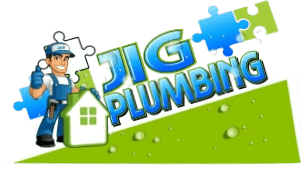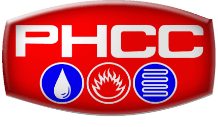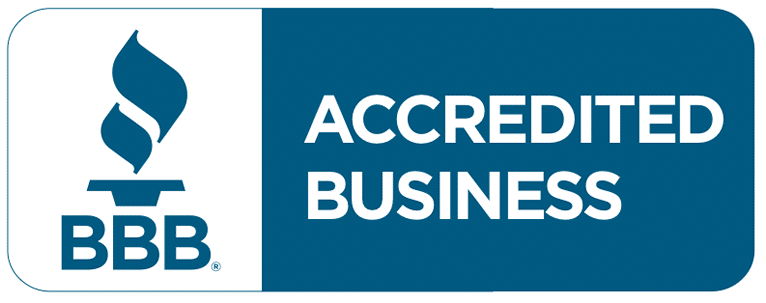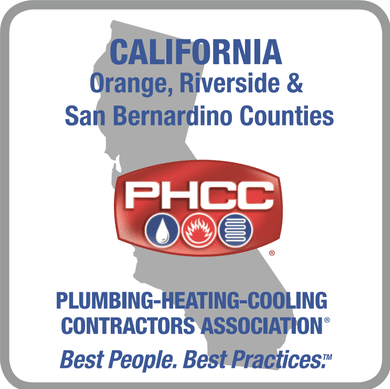
How to Unclog Your Toilet at Home
Clogged toilets are gross. Nothing that goes in there should ever come back out, especially not all over your bathroom floor. According to recent plumbing industry reports, the average household experiences toilet clogs at least once a year, with some areas reporting even higher frequencies. As experienced plumbers, we understand the frustration and urgency that comes with a clogged toilet.
Drawing from years of hands-on experience dealing with plumbing issues, we’re here to share practical insights and DIY solutions to help you tackle toilet clogs effectively and efficiently.
The Clog Conundrum
Toilet clogs happen when something gets stuck in the toilet drain pipe and blocks the flow of water. This blockage can be caused by various things like too much toilet paper, items that shouldn’t be flushed (like wipes or toys), or even built-up grease and debris over time.
When you flush the toilet, water and waste are supposed to flow smoothly through the drain pipes and into the sewer system. However, if something is blocking the way, the water can’t go down properly, and it starts to back up into the toilet bowl.
Identifying the cause of a toilet clog is important for determining the best way to unclog it. Here are some simple steps you can take to identify the cause:
- Visual Inspection: Look into the toilet bowl to see if you can spot any obvious objects causing the clog, such as excess toilet paper, foreign objects, or other debris.
- Listen for Clues: Sometimes, you can hear unusual sounds when flushing if something is stuck in the toilet drain. Listen for gurgling or bubbling noises, which can indicate a blockage.
- Check Water Flow: If the water in the toilet bowl is slow to drain or not draining at all, it’s likely there’s a blockage somewhere in the drain pipe.
- Use a Plunger: Attempt to plunge the toilet using a toilet plunger. If plunging doesn’t resolve the issue, it could indicate a more serious clog that requires further investigation.
- Try Flushing with Water: Pour a bucket of water into the toilet bowl to see if it drains slowly or backs up. This can help determine if the clog is partial or complete.
DIY Plumbing Techniques to Unclog Your Toilet
When faced with a stubborn toilet clog, there are several simple DIY techniques you can try at home to resolve the issue. Here are some effective methods along with instructions and safety precautions:
Plunger Mastery: Using a toilet plunger creates suction to dislodge clogs from the toilet drain.
- Ensure there is enough water in the toilet bowl to cover the plunger.
- Position the plunger over the drain hole in the toilet bowl.
- Press down firmly and then pull up quickly to create suction.
- Repeat this plunging motion several times until the water begins to drain.
- Wear rubber gloves to protect your hands from germs and toilet water.
- Avoid using excessive force, as it can damage the toilet bowl or plumbing system.
Baking Soda & Vinegar Method: This natural solution helps break down organic matter causing the clog.
- Pour one cup of baking soda into the toilet bowl.
- Follow it with one cup of vinegar.
- Allow the mixture to sit for at least 30 minutes to fizz and break down the clog.
- Flush the toilet with hot water to clear the drain.
- Use caution when handling vinegar, as it can cause irritation to the skin and eyes.
- Ensure proper ventilation in the bathroom to avoid inhaling fumes.
Dish Soap and Hot Water: Dish soap can help lubricate the clog, making it easier to flush away.
- Squirt a generous amount of dish soap into the toilet bowl.
- Pour hot (but not boiling) water into the bowl.
- Let the mixture sit for a few minutes to break down the clog.
- Flush the toilet to see if the clog has cleared.
- Use caution when handling hot water to avoid burns.
Wire Coat Hanger: A wire coat hanger can be used to manually dislodge a clog.
- Straighten out a wire coat hanger and create a small hook at one end.
- Insert the hooked end into the toilet drain and gently maneuver it to dislodge the clog.
- Be careful not to scratch the porcelain of the toilet bowl.
- Flush the toilet to see if the clog has cleared.
- Use caution to avoid damaging the toilet bowl or scratching the porcelain.
Before attempting any DIY plumbing techniques, assess the severity of the clog and choose the method that best suits the situation. If these DIY methods do not resolve the issue or if you’re uncomfortable performing them, it may be time to seek professional assistance from a licensed plumber. Always prioritize safety and follow proper precautions to prevent injury or damage to your plumbing system.
Hand It Off To The Experts: Professional Plumbers
When DIY solutions prove ineffective or the clog persists, it’s time to call in a professional plumber. Choose a qualified and reliable plumber to ensure that the plumbing issue is resolved quickly and safely. Look for plumbers who are licensed, certified, and have positive customer reviews, as these indicators can attest to their expertise and quality of service.
At JIG Plumbing, we’ve encountered numerous challenging toilet issues and clogs over the years, and in such instances, relying on the expertise of a seasoned plumber has proven invaluable. Their skillful diagnosis and efficient resolution have not only saved our clients from further plumbing woes but also provided peace of mind knowing that the issue was addressed with precision and professionalism.
Preventative Plumbing Power
Preventing future toilet clogs involves adopting proactive plumbing practices:
- Avoid flushing non-biodegradable items such as wipes, cotton balls, and sanitary products.
- Conduct regular maintenance, including inspecting toilet components and clearing potential blockages.
- Dispelling common misconceptions about flushable items, such as wipes labeled as “flushable” but can still cause clogs.
Explore additional resources and articles on preventative plumbing practices to safeguard your plumbing system’s health.
Say Goodbye to Plumbing Predicaments
Armed with the knowledge and DIY solutions shared in this guide, you’re equipped to tackle toilet clogs with confidence. Remember, proper toilet care and preventative measures are key to maintaining a smoothly functioning plumbing system.
When something comes up that you can’t handle on your own, contact JIG Plumbing online or at 909-280-4331 and we’ll get your plumbing issue resolved swiftly and thoroughly to keep you in the flow.
Happy unclogging!











